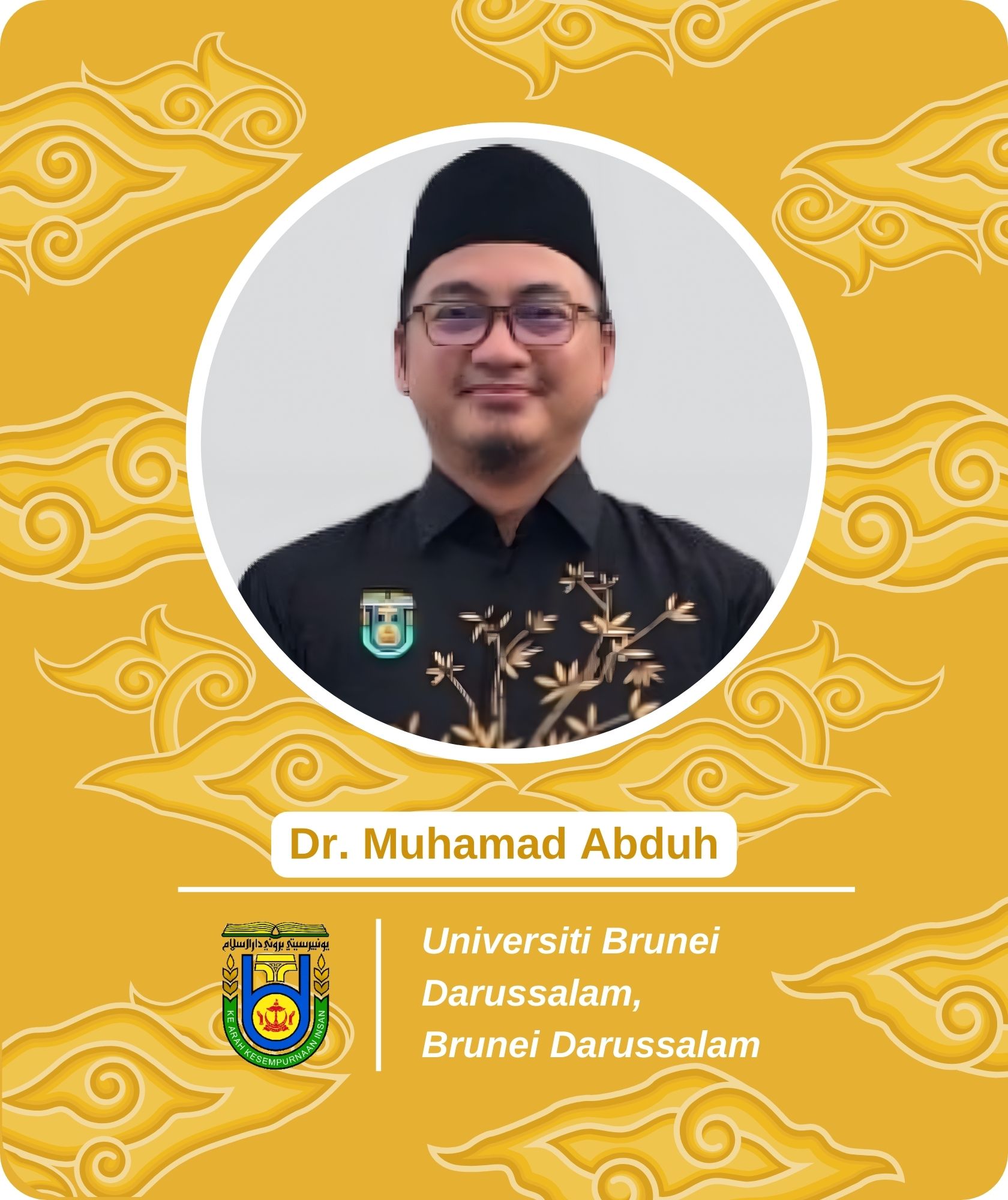Semen characteristics and production potential of Toraya Buffalo at UPT-PIBPS Pucak, South Sulawesi
Keywords:
CASA, Frozen semen, Productivity, semen quality, Toraya buffaloAbstract
This study aimed to evaluate the fresh semen characteristics, frozen semen production potential, and frozen semen quality of Toraya buffaloes at the Technical Implementation Unit for Artificial Insemination Services and Semen Production (UPT-PIBPS) Pucak, South Sulawesi, Indonesia. Two bulls, Sopai and Sadoko, were assessed to determine their reproductive potential. Fresh semen analysis showed that Sopai produced the highest number of ejaculates (84), with an average ejaculate volume of 1.88±0.19 mL and sperm concentration of 1133.91±31.13 million/mL. In contrast, Sadoko demonstrated a higher sperm concentration (1466.55±71.35 million/mL) and a greater number of potential straws per ejaculate (78.89) compared to Sopai (59.51). Analysis of frozen semen revealed significantly higher quality in Sopai's semen (p<0.05). The Sopai semen may be better suited for artificial insemination programs emphasizing frozen semen quality and cryopreservation efficiency, while Sadoko's higher sperm concentration and greater straw production potential could be advantageous for large-scale artificial insemination programs requiring high semen output. In conclusion, the fresh semen characteristics, frozen semen production potential, and overall quality of Toraya buffaloes at UPT-PIBPS Pucak meet the standards for frozen semen production. The consistent ejaculate volume, high motility, and adequate sperm concentration highlight their strong potential to support artificial insemination programs in Indonesia.




















